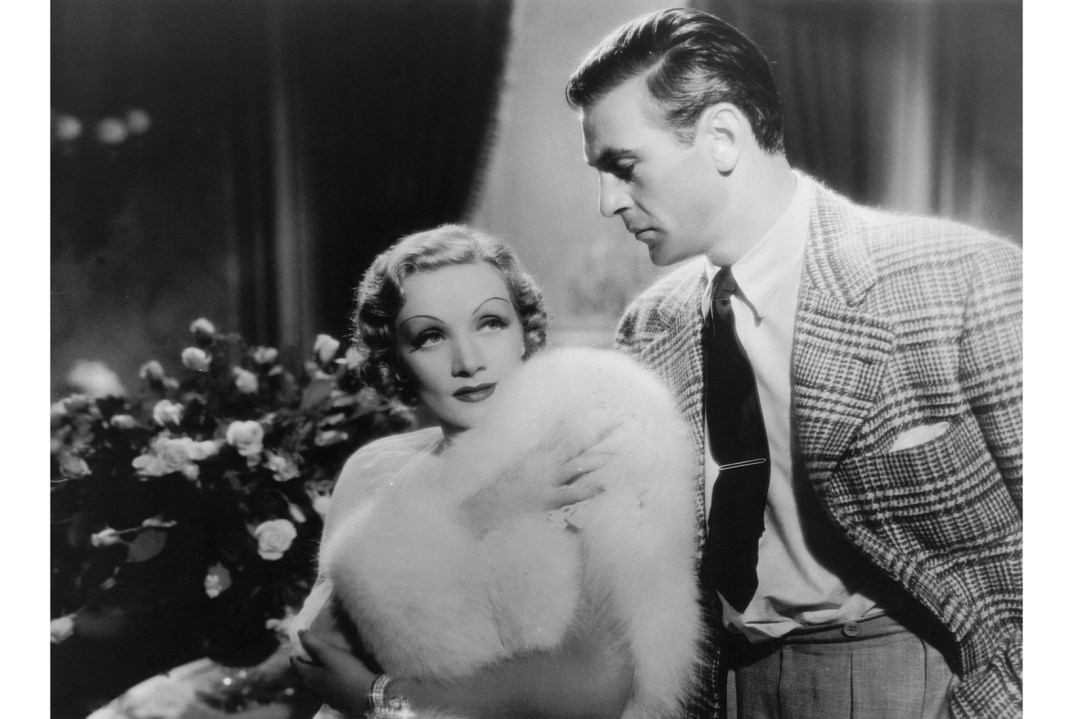How to sum up the legend of Marlene Dietrich? She was an actor, a singer, a style icon, even a war hero. A retrospective is under way at the BFI, where more than a dozen of her films are being shown throughout this month. Many admirers saw only the shimmering legs and forgot the sharp intellect, the wartime gallantry. But it would be wrong to deny that body image was central to her success. It was with this in mind that the critic Robin Wood christened Dietrich ‘the Venus de Marlene’.
Like the statue alluded to, Dietrich is a monument of Western culture, her image cast not in stone, but in light (that marble of the modern world, made possible by the newly invented movie camera). It was a self-consciously androgynous image that would shape modern ideals of beauty as surely as the Venus de Milo did classical archetypes. And in the pantheon of screen goddesses, Dietrich alone gets to perch on Venus’s pedestal; no performer before or since has been so synonymous with pure eroticism.

Get Britain's best politics newsletters
Register to get The Spectator's insight and opinion straight to your inbox. You can then read two free articles each week.
Already a subscriber? Log in







Comments
Join the debate for just £1 a month
Be part of the conversation with other Spectator readers by getting your first three months for £3.
UNLOCK ACCESS Just £1 a monthAlready a subscriber? Log in